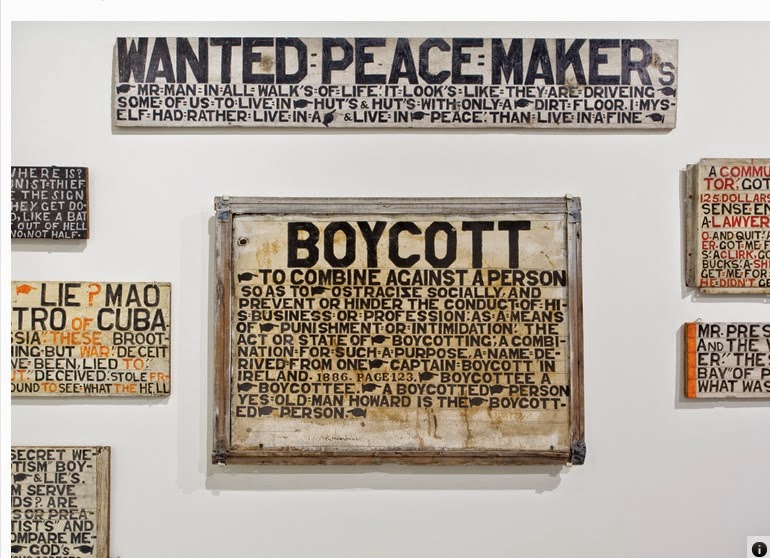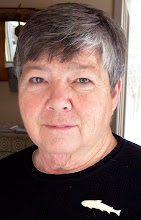THOSE CRAZY ARTISTS!
I went to a wedding in St. Louis a few years ago and during down time, visited the 96 acre Laumeier Sculpture Park, a good idea gone bad. It was dismall, deserted, and worn weary. I could almost hear the sales pitch when the idea of this place was presented and dedicated; I made a few of those myself back in the day. But I came away thinking you can build anything you want - that’s the easy part! - but without on-going dedication to impeccable maintenance, you’ve done more harm than good to the idea of public art.
Just as I sank into despair, I came to the Missouri Botanical Gardens smack in downtown St. Louis. The 79 acres were dedicated in 1859 making the MBG the oldest continuing botanical garden in the nation and it is spectacular. And there is art everywhere! And it’s good! And installed beautifully! And people who work there seem to know about it and share information! I haven’t delved into the $$$ sources for these places. I’m betting that there’s a gulf between the bankrolls of these two. Why?
Meanwhile, I’m ready to go back to St. Louis and visit the city’s Contemporary Art Museum where the first in-depth solo exhibit by folk artist Jesse Howard is installed.
Howard was a crank, a pre-Rush Limbaugh crazy who spent his time painting signs covering his 20 acres in Fulton, Missouri, damning to hell his neighbors, his town and all governments and quoting scripture to do it. While he hand-lettered (always in red and black) signs (he named his “farm” Sorehead Hill so he at least had a modicum of humor), his wife took in ironing to feed the family of 5 children. Meanwhile, his neighbors stayed busy finding ways to have him locked away in an insane asylum.
Folk art was legitimized through serious writing in the 1960s, specifically “Grassroots Art in America,” written by Gregg Blasdel and published in ART IN AMERICA, 1968. Howard was among the handfull of artist whose work became part of permanent collections in the Smithsonian American Art Museum, American Folk Art Museum and American Visionary Arts Museum. Art academics and students began making pilgramages to Sorehead Hill; his neighbors continued to vandalized and resist any legitimacy to Howard’s “art installation.” He himself would never title himself “artist”; his very contankerousness added to his mystique. Howard died in 1983.
THE REST OF THE STORY
Jesse Howard was not the only folk artist to cover his property in painted signs. Two others, several states away and unknown to one another, created the same kind of environments during the same time period. (I can’t find their names this minute...if you know, add them please.)
Howard left home when he was 18 and became a hobo/migrant worker.
Hand painted signage was the method of communication advertizing employment needs as well as early labor union efforts throughout this landscape at that time. Woody Guthrie, the very same troubador of “This Land Is Your Land,” was - by trade - a sign painter. He traveled the farm labor circuit, painting his signs mostly to advertize organization meetings where he also performed his distinctly pro-labor music.
Art stew! The creative quilt! Inspiration jumps from one voice to another’s canvas. Isn’t that just the best?!
(P.S. Guthrie got fired for using red paint for lettering a store sign. It didn’t stop him from using red to protest unfair labor practices. )





No comments:
Post a Comment